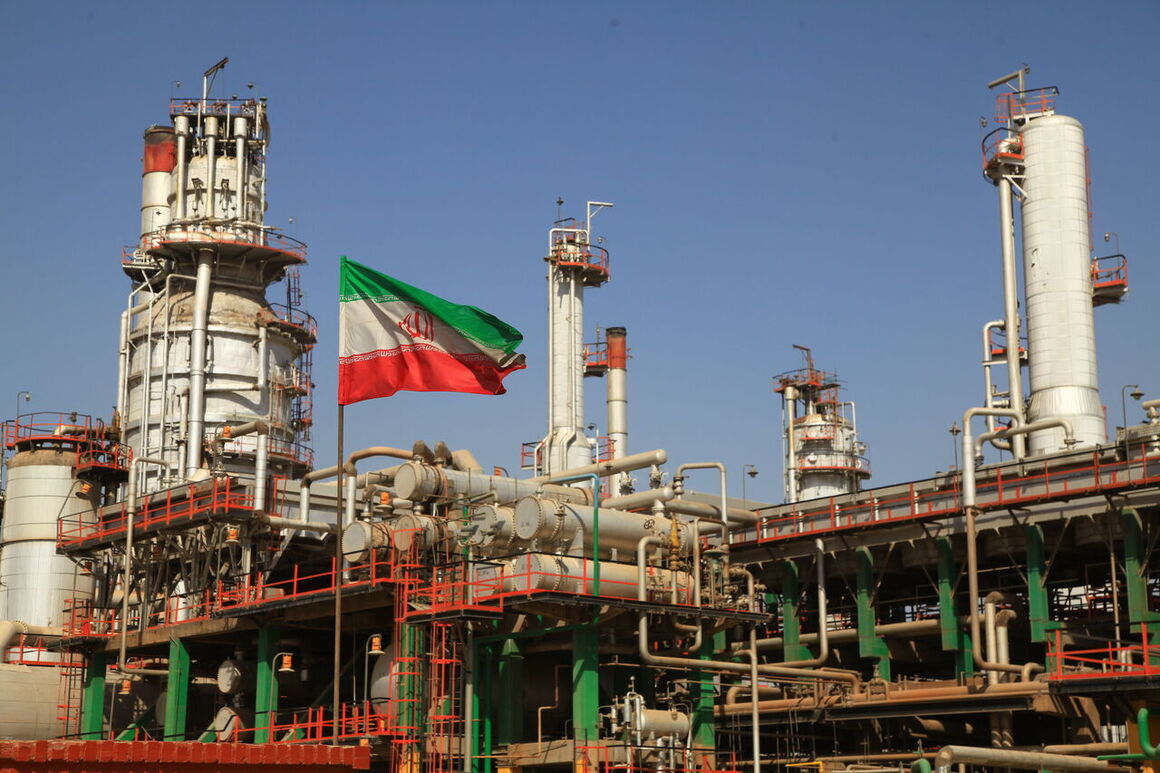The sector has achieved a stellar record in increasing output and ensuring the safe and stable transfer of refined products.
Following the Islamic Revolution, Iran underwent a transformation that not only reshaped its political landscape but also revolutionized its refining industry.
Over the decades, the industry has navigated challenges such as reclaiming control of oil resources from foreign companies, overcoming inefficiencies, and moving toward nationalization and self-sufficiency.
This report highlights key achievements and ongoing challenges in Iran’s refining sector since the revolution.
Sevenfold increase in gasoline production
Gasoline, the most strategic refinery product, has seen a dramatic rise in production and quality. From 1978 to 1980, daily gasoline production averaged 14 million liters. Today, it has increased seven and a half times to 105 million liters per day.
This growth, achieved despite an eight-year imposed war and comprehensive sanctions, marks a major milestone for Iran’s refining industry, a cornerstone of the country’s energy supply.
Under the current administration, efforts to boost gasoline production have intensified. From September to January, average daily production reached 105 million liters, an 8-million-liter increase compared to the same period last year.
This growth stems from process improvements, the launch of the Shiraz Refinery’s isomerization unit, the operation of the Abadan Refinery’s hydrocracker unit, and a 100,000-barrel-per-day increase in crude oil and gas condensate deliveries to refineries.
4.5-fold increase in gas oil production
Gas oil (diesel) production has also seen significant growth over the past 46 years. From 1978 to 1980, daily production averaged 24 million liters. By last year, this figure had risen 4.5 times to 110 million liters per day.
In December 2024, production reached a record 124 million liters daily, a 14-million-liter increase compared to the same period last year.
From September to January, gas oil production averaged 118 million liters per day, a 7-million-liter increase compared to the same period in 2023 and the first five months of the year.
Increased fuel delivery to power plants
To address fuel shortages at power plants, the Ministry of Oil focused on enhancing fuel transport capacity from southern refineries to central and northern Iran.
Measures included incentivizing road and rail transport fleets, expanding the liquid fuel distribution network, and launching new pipeline projects.
These efforts boosted daily gas oil deliveries to power plants to 38 million liters from September to January, a 41% increase compared to the same period last year. (ended March 19, 2024)
Fuel oil deliveries to power plants also rose, averaging 26 million liters per day during the same period, a 44% increase year-over-year.
The Sacred Defense and the oil industry’s legacy
The Sacred Defense era (Iran-Iraq War) and subsequent reconstruction efforts underscore the refining industry’s resilience. Despite repeated attacks on oil facilities, the industry maintained production and rebuilt infrastructure, ensuring the continuity of energy supply and economic stability.
Doubling of oil product pipelines
Since the revolution, Iran has made significant strides in expanding its oil product pipeline network. From 7,000 kilometers in 1978, the network has grown to 14,000 kilometers, ensuring efficient and secure fuel distribution across the country.
Euro gasoline and diesel: a major achievement
The production of Euro-standard gasoline and diesel, initiated during the 11th and 12th administrations, marks a pivotal achievement in Iran’s refining industry.
The nationwide distribution of cleaner fuels has contributed to improved air quality, as confirmed by environmental and meteorological agencies.
Construction of 2,500 CNG stations
Diversifying the fuel portfolio, Iran has built over 2,500 compressed natural gas (CNG) stations since 2004.
Daily CNG consumption has risen from 2.3 million cubic meters (2005-2008) to 19.5 million cubic meters, reducing gasoline consumption by approximately 19.5 million liters daily.
Smart Fuel Card System
Launched in 2007, the Smart Fuel Card system is a landmark IT project that curbed excessive gasoline consumption and promoted efficient fuel use. It stands as a key achievement in downstream oil industries.
Building world’s largest gas condensate refinery
The Persian Gulf Star Refinery, the world’s largest gas condensate refinery, began operations in 2006 near Bandar Abbas.
With a daily capacity of 480,000 barrels, it plays a strategic role in balancing Iran’s energy supply, producing 44 million liters of gasoline daily.
Over 70% of its equipment is domestically sourced, underscoring Iran’s self-reliance in refining technology.
This refinery supports gas extraction from the South Pars field, reduces environmental pollutants, and ensures self-sufficiency in strategic energy products like gasoline and gas oil.


Your Comment